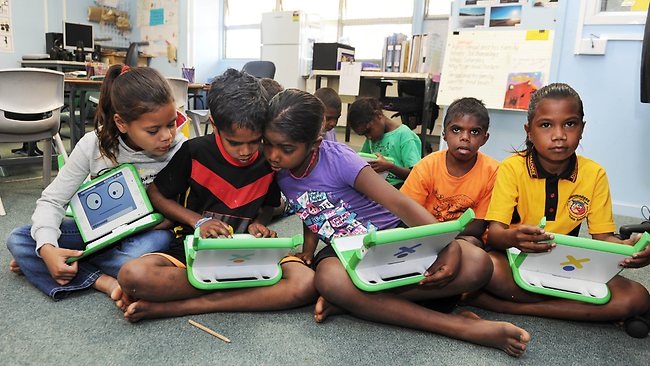The issue of school dropout among indigenous students is a critical and complex problem that has been a matter of concern in many countries. Indigenous students, also referred to as First Nations, Aboriginal, Native American, or other terms specific to their cultural identity, often face unique challenges and barriers in the education system. Understanding the factors contributing to this dropout issue is crucial to addressing it effectively.
Socioeconomic Disparities: Indigenous communities frequently experience poverty and economic disparities, which can directly impact educational outcomes. Many students from these communities may lack access to adequate resources, such as textbooks, school supplies, or a safe learning environment. Economic hardship can force students to prioritize work or family obligations over education, leading to dropout rates.
Cultural and Language Barriers: Language and cultural differences can be significant barriers to educational success for indigenous students. In many cases, the curriculum does not reflect the indigenous cultural perspectives, which can lead to disengagement and a sense of cultural erasure. Additionally, language barriers can hinder effective communication with teachers and peers, making it difficult for students to access and engage with the curriculum
Discrimination and Stereotyping: Indigenous students often experience discrimination and stereotyping within the education system. Negative stereotypes and bias can affect their self-esteem and sense of belonging, leading to disengagement and dropout. It is essential to create an inclusive and culturally responsive learning environment to combat this issue.

High Mobility and Remote Locations: Many indigenous communities are located in remote or rural areas, making it challenging to access schools. Moreover, high mobility rates within indigenous populations can disrupt the continuity of education, as families may move frequently due to economic, social, or cultural reasons.
Lack of Cultural Relevance: The curriculum's lack of cultural relevance can result in a disconnection between indigenous students and the educational content. Integrating indigenous culture, history, and perspectives into the curriculum can make learning more engaging and meaningful for these students.
Family and Community Support: Strong family and community support are essential for educational success. Many indigenous students may lack the necessary support systems due to various social and economic challenges within their communities.
Addressing the issue of school dropout among indigenous students requires a multi-faceted approach. Efforts should focus on creating culturally responsive curricula, providing additional resources and support, offering teacher training in cultural competency, and establishing mentorship and community outreach programs. Collaboration between schools, indigenous communities, and government authorities is crucial to implementing effective strategies that will help indigenous students succeed academically and reduce dropout rates. Ultimately, recognizing the unique needs and challenges faced by indigenous students is the first step toward achieving educational equity and inclusivity.


